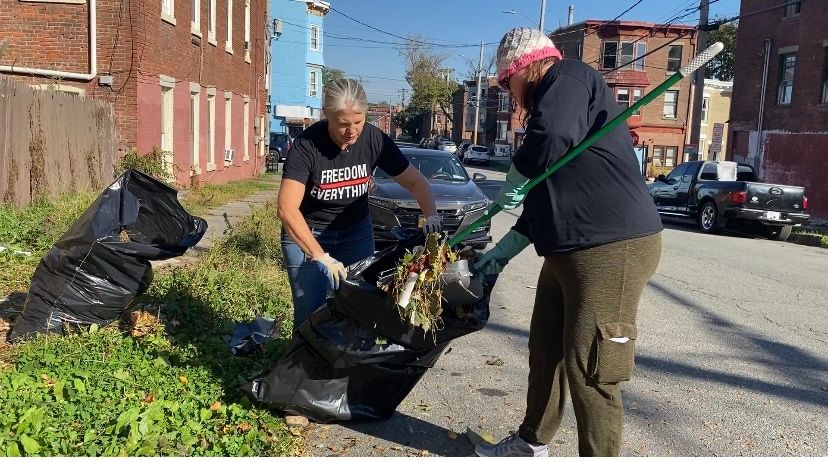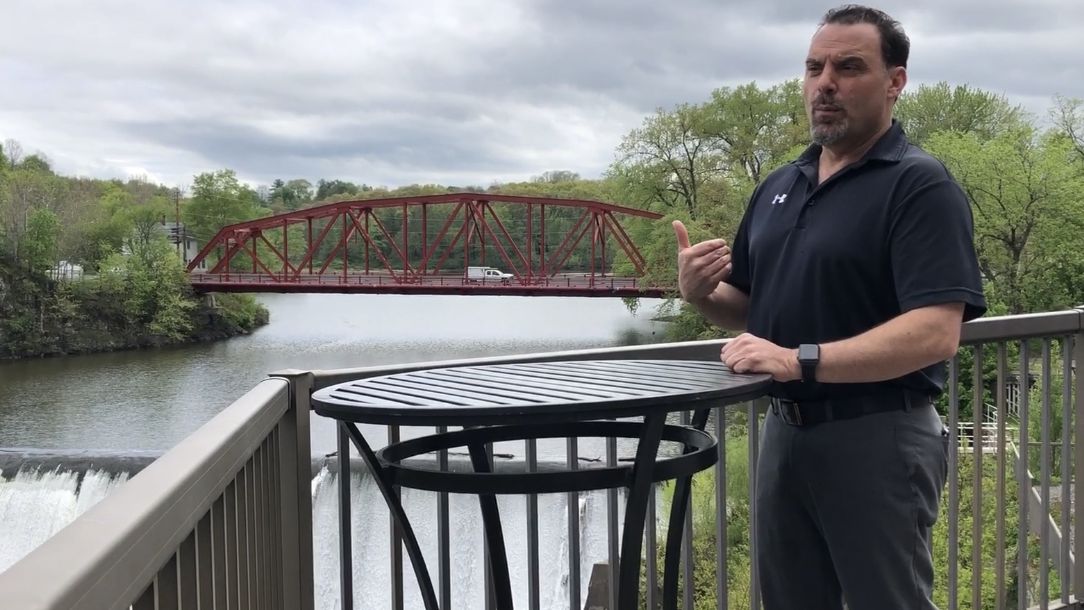Chuck and Nancy Thomas are two of 59 Newburgh area residents whose blood was tested by the Centers for Disease Control and Prevention (CDC) for five types of ‘PFAS’ chemicals.
The results are back.
While Chuck Thomas has somewhat elevated PFAS levels in his body, his wife's levels were much higher.
Chuck Thomas said Friday afternoon, though, he is still disappointed with the U.S. military, who apparently caused contamination of the area’s water source.
He is pleased the CDC is finally beginning to release information the community has waited for years to obtain.
“They were, of course, sidetracked with COVID for a long time,” he said. “They needed to put that (PFAS contamination) on the side. They’re on top of it now.”
PFAS chemicals have been used to make cookware, containers and carpet. The chemicals were also once added to firefighting foam to make it spread more easily. The foams have long been used on military bases, and have been blamed for PFAS contamination of several water sources nationwide.
What You Need To Know
- The study focused solely on confirming high levels of PFAS chemicals in peoples’ bloodstreams, not on the effects of the chemicals on humans
- Another study will be done on the effects, but no timeframe has been confirmed
- “It’s more than disappointing; it just feels like we’re getting nowhere, (and) it’s not fair to the community,” Ward 2 Councilwoman Ramona Monteverde said.
Studies cited by the Environmental Protection Agency (EPA) have indicated PFAS may increase the risks of liver disease, kidney disease, some cancers, birth defects, high blood pressure and hormone imbalances.
The U.S. military has acknowledged that runoff from installations, such as Stewart Air National Guard Base, has contributed to water contamination.
Whenever the contamination is brought up at City Council meetings, Newburgh officials repeatedly stress that the tap water has been safe since 2016. That is when the EPA set new PFAS standards that immediately deemed several of the nation’s water systems potentially unsafe.
Affected communities began switching to their backup sources. For Newburgh, the backup was New York City’s Catskill Aqueduct, which is subject to some, if not the strictest, water quality regulations in the world.
State agencies and the military are spending millions of dollars to try to decontaminate reservoirs and creeks near their bases, as well as install filters to prevent contaminated runoff. But what are they going to do for the people, who just learned they have high levels of the chemicals in their bodies?
That will require yet another long-term government study to find out exactly how PFAS affect humans and at what levels. The process may take years.
“There are people in our neighborhood who, all of a sudden, got kidney disease and other cancers, and other things going on,” Nancy Thomas said. “Is it just coincidence, or is it that their levels are very high?”
The CDC is planning a community meeting to share additional findings from the first survey, and have not released information about their next study.
Some city leaders are losing patience because the military and CDC have not offered any timeframe for the next study.
“It’s more than disappointing,” Ward 2 Councilwoman Ramona Monteverde said when reached by phone Friday afternoon. “We’ve been in this for many years now. It just feels like we’re getting nowhere. It’s not fair to the community.”




